Choosing your tent is kind of like buying a house. The greatest thing about it is that it’s much cheaper and lighter without mentioning that you can carry it around. But picking the right then can be a very overwhelming task. There is an abundance of different tents with various technical specifications. Here are a few things to keep in mind.
1. How many people?
Who will you be camping with or are you a solo adventurer? Even when hiking by myself I prefer 2-person tent as they offer extra space for keeping my backpack inside. It also serves as a shelter when being confined to it during rainy, foggy days. We can experience many of those here in Newfoundland.
2. Tent Material
Technology is constantly evolving at a phenomenal rate bringing you lighter and stronger materials. Thus this is a tricky topic to talk about. Most tents are made out of either nylon or polyester, both great materials.
When choosing your tent an aspect to look at is the coatings. Most likely polyurethane which makes the fly and floor waterproof. The higher the number the better (ex. 3500mm). One more important thing is “Denier” which is a measurement of yarn thickness. Thicker means stronger but also becomes heavier. Keep in mind that unless the fabrics are the same, you can’t compare their “Denier”. Aluminium poles are most common and fairly light.
3. Free standing or not?
Free standing tents allow you to pitch it any where, even on a big rock without needing tent pegs. There are structurally more solid although can be heavier. This is a matter of personal preference. There are many factors to consider before choosing your tent. Test out friends’ tents, read reviews, visit stores and look at the different models and brands.
4.Single Wall versus double wall tents
The beauty of a double wall tent is that you’re never in contact with the fly so if it’s raining hard, everything inside stays dry. And with a little patience and practice you can take down your tent from the inside out without getting it wet, besides the fly (I haven’t tried every single tent). It also means that there will be more airflow and less condensation. You could even use a 3-season tent in the winter. Just keep in mind that their structures are different and in the winter the snow load adds additional strain to the tent. However single wall tent are really light.
5. Tent’s Nitty Gritty Stuff
There’s also many features that are important when choosing your tent. It’s all about your preferences. 1 or 2 vestibule (crawling over your buddy or being stepped on). Do you need inside pockets, if so where? What colour, blending in nature or easier to spot from the distance? Also don’t forget about the inside space, sleep zone and tent height to mention a few. Choose whatever suits your needs best.
On the West Coast of Newfoundland you can find tents at:
George’s Ski World in Steady Brook
Or visit some of these websites:
Mountain Equipment Cooperation
Atmosphere
Valhalla Pure

I personnally used the Tarn 3 from MEC for almost a decade and was never disapointed. It’s roomy and rugged, exactly what I needed for 100km/h + winds, 100cm of snow accumulation overnight and torrential rain. It survived it all and served me well. Unfortunately I believe they don’t make it anymore.

A need for a lighter tent for solo adventures along with a few rips in my fly forced me to look for a new tent. After some research I chose a tent which I could do some solo hiking with while still being spacious. The North Face Talus 2 was my choice, a nice compromise between durability, weight and price.
Alex
Live Wildly Intrepid!
Carpe Diem
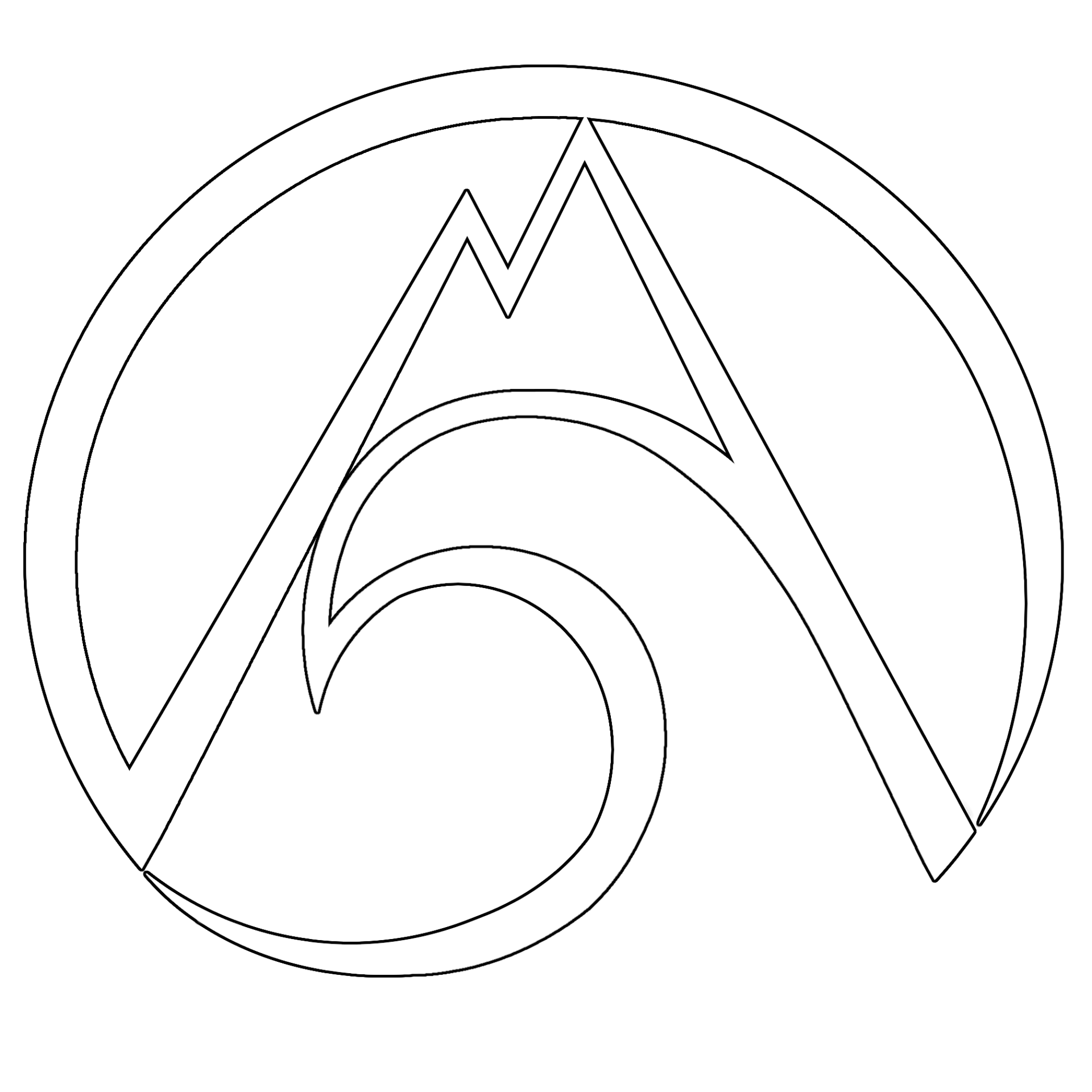
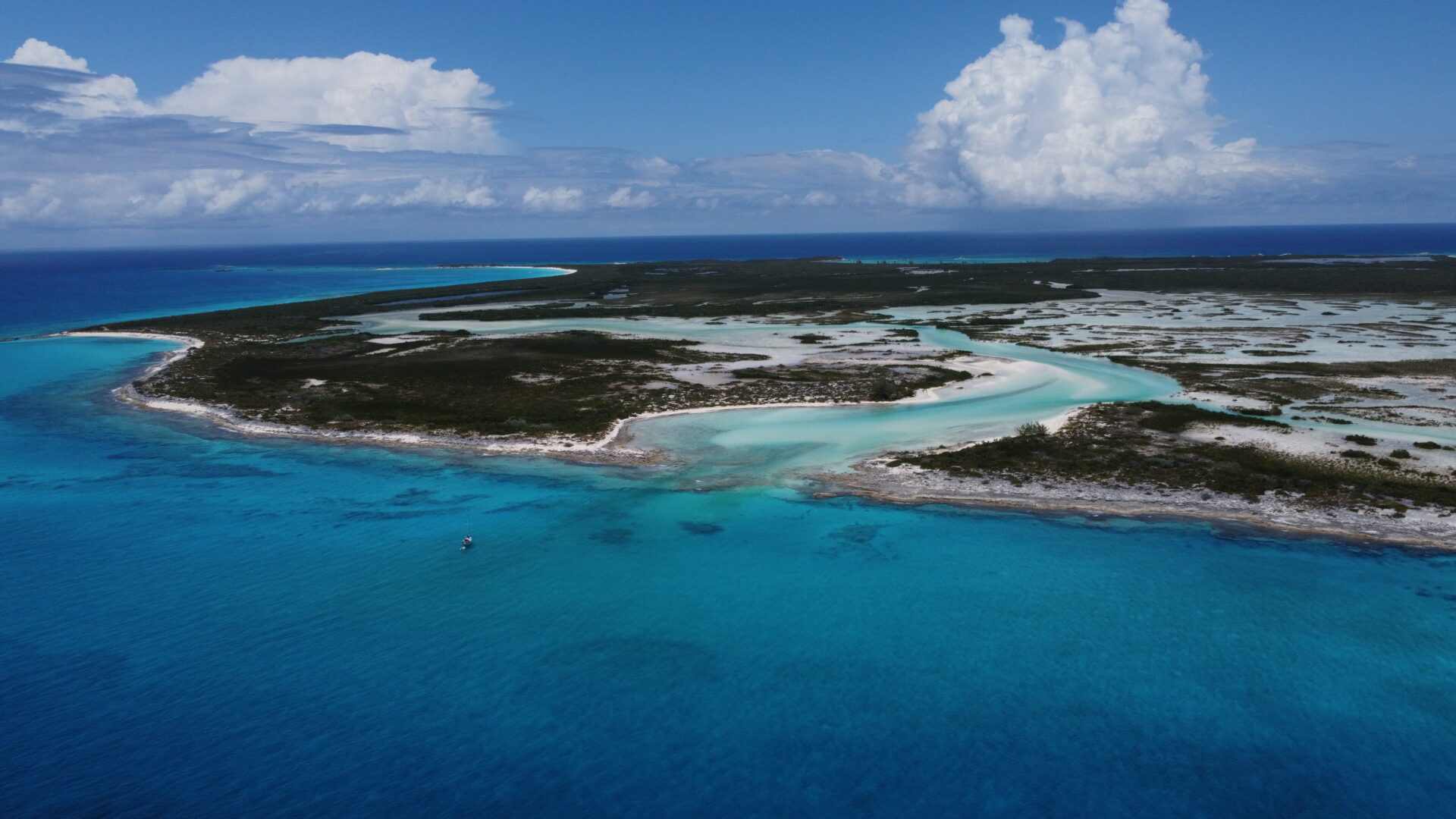
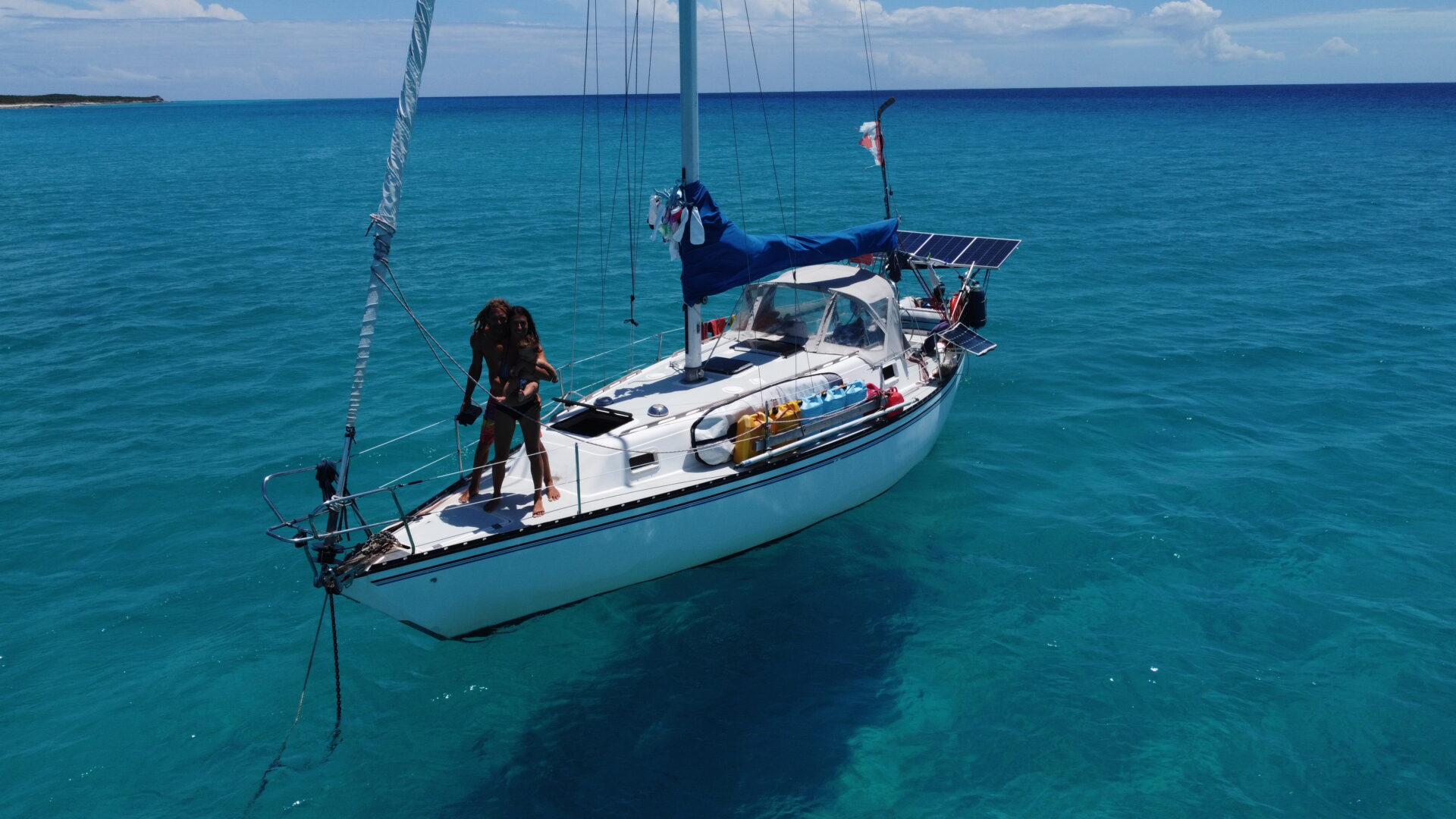
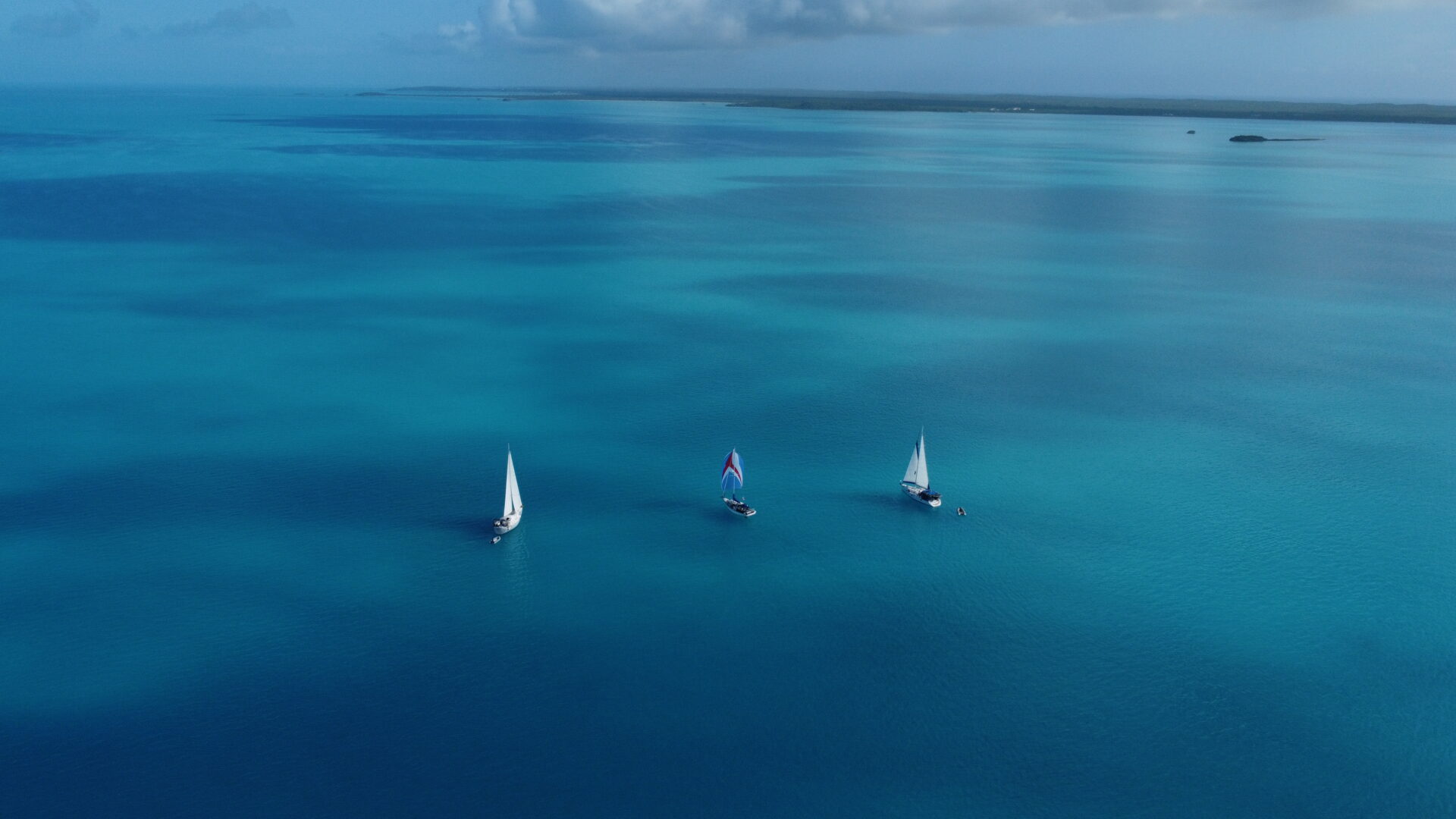
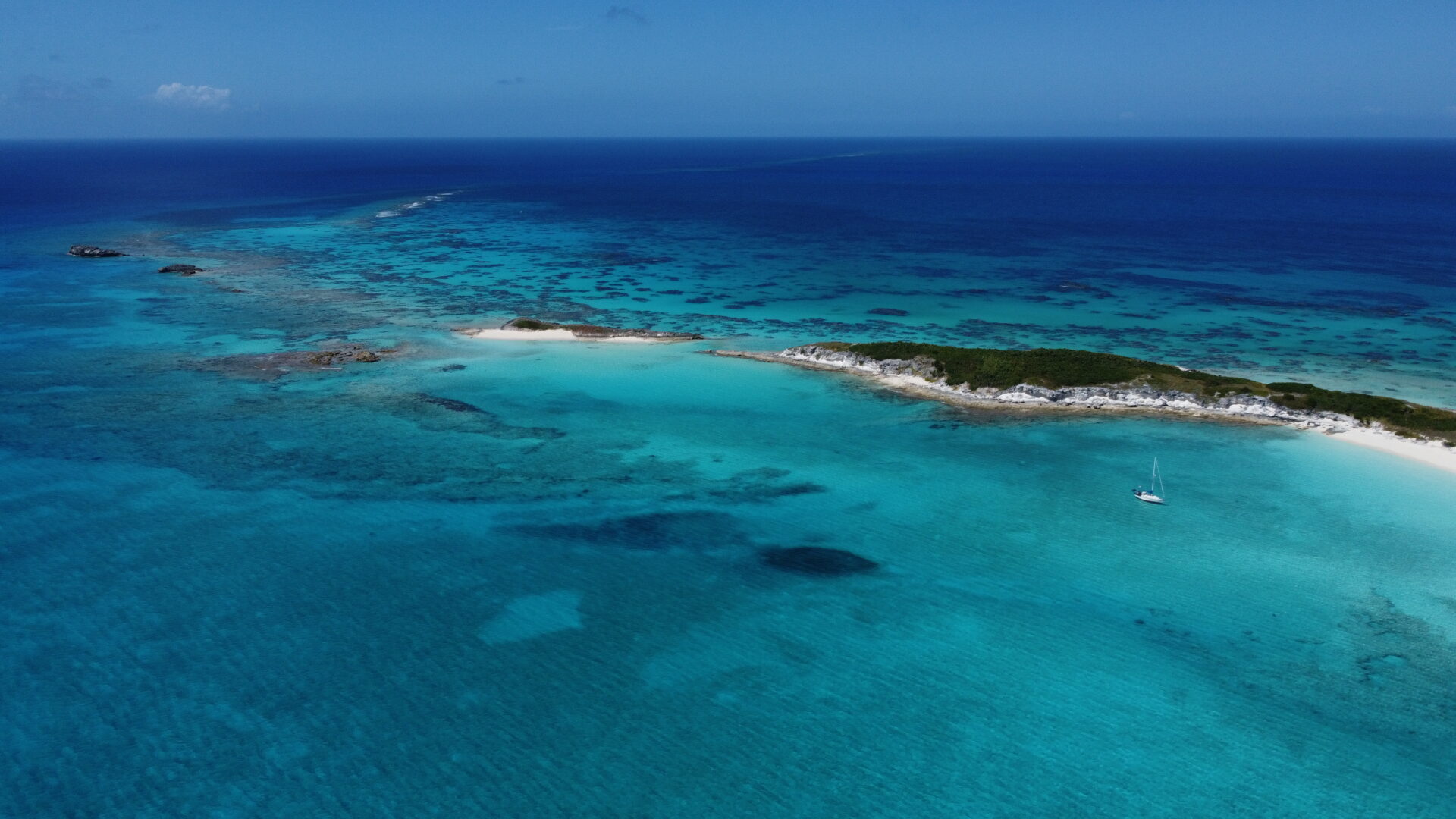
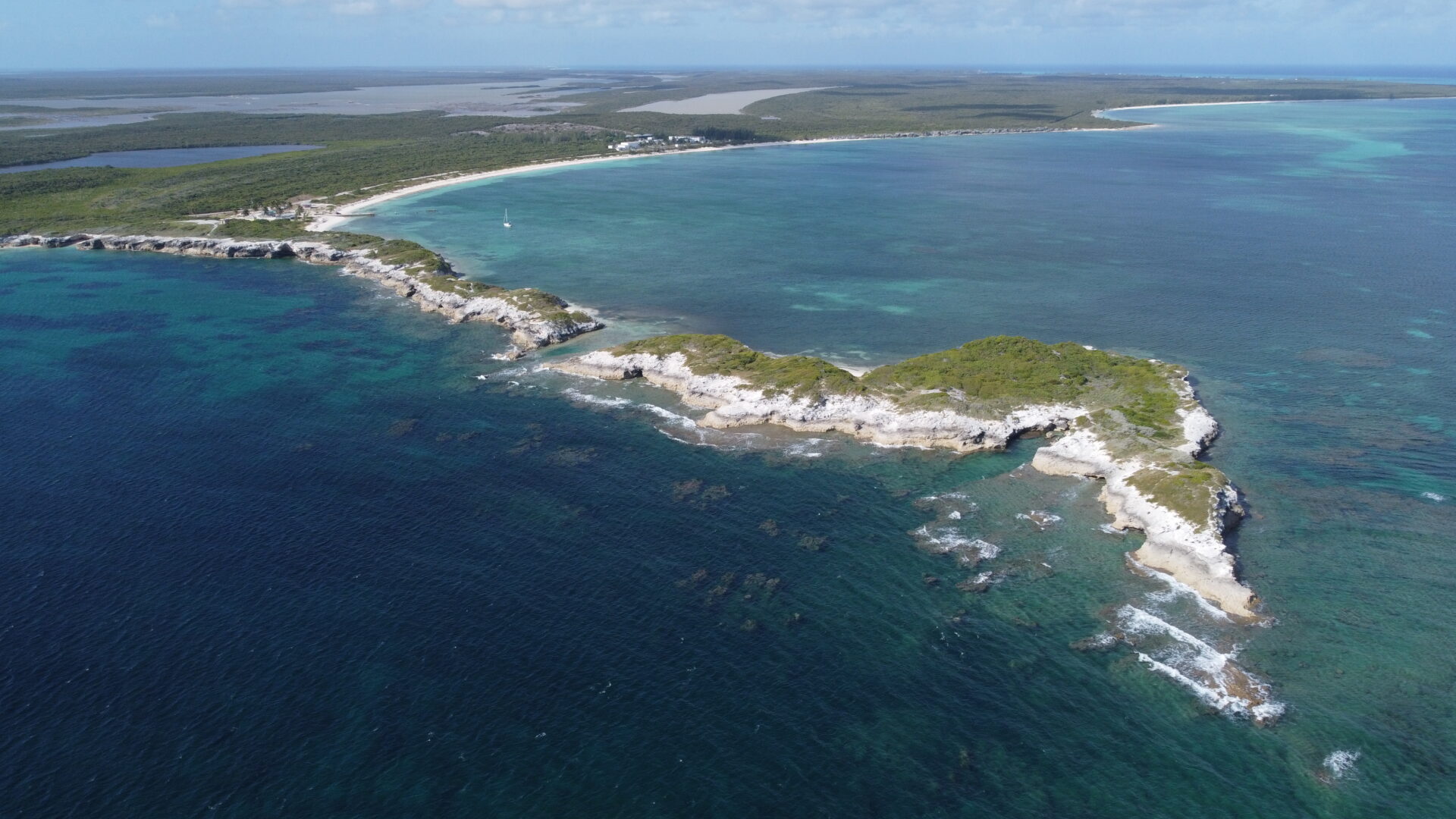
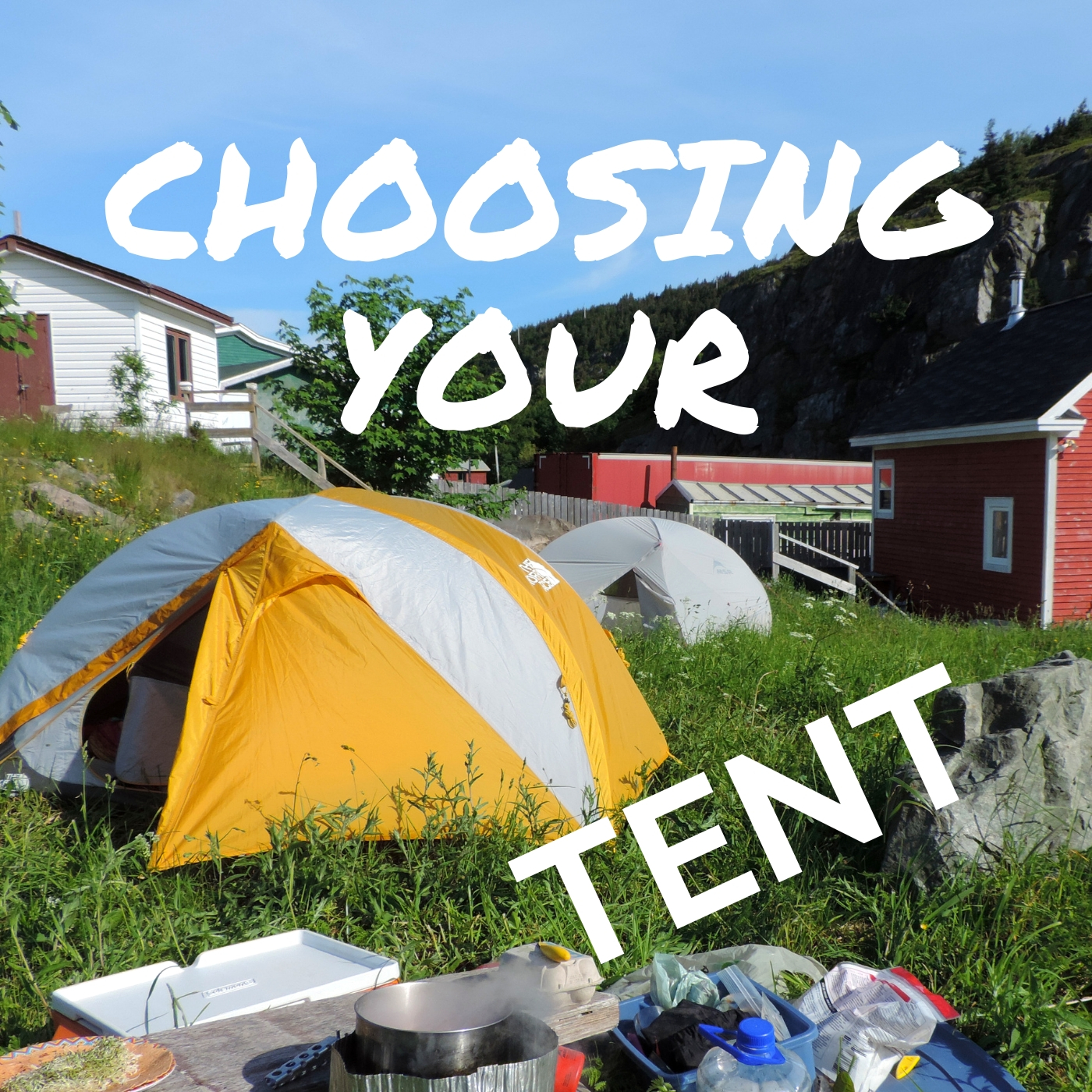
One thought on “Choosing your Tent”
December 10th 2017: Little update about my North Face Talus 2 tent. It’s not as durable as the MEC one and one of the strapped ripped in high winds and the poles got bent.